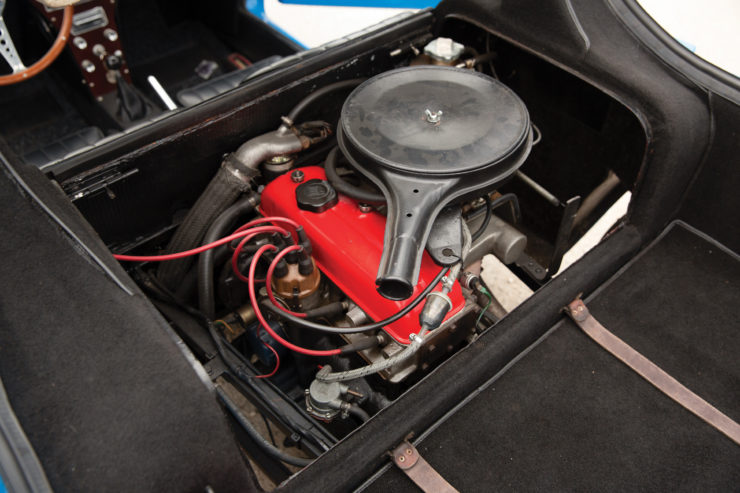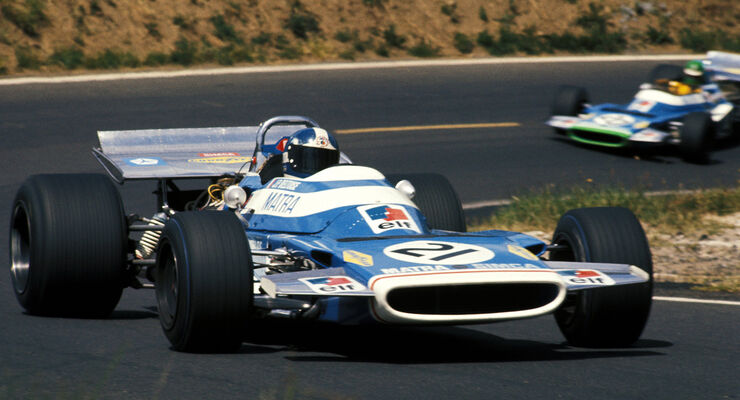

The Matra
Djet is a French sports car originally designed by René Bonnet, he was a French engineer and race car
driver who had created his own company called ‘Automobiles René Bonnet’ in
1961. The car started as a René Bonnet Djet in the year 1962, the car was named
‘Djet’ as the French could not pronounce ‘Jet’. The company Matra was well known
for its presence in formula 1, 2 and 3 and they were even successful in Le
Mans. Matra entered F1 in the year 1968, the same year Jackie Stewart was a serious
contender, and the car’s most innovative feature was perhaps its aviation inspired
fuel cell. It was unfortunately banned, they always used Cosworth and Ford
engines.
/stories/2018/08/626529.jpg)
Coming back to
the Djet, the Djet has distinction of being the first mid-engine sports car,
even before the De Tomaso. The first
ever cars were called CRB1 and CRB2, for Competition René
Bonnet. It even had disc brakes on all corners. De
Tomaso's Ford-powered Vallelunga was the second car to rear mid- engine cars. The
Djet made its name by participating in the various endurance races, the car
took part in the Le Mans 24 hrs race in the years 1962, 1963, and 1964.

The car had a bar
bone square tube steel frame that mounted completely independent coil spring
suspension, the rear featuring twin coil-over shocks per side. Under the hood
there was a Renault 8 engine, a 1.1L engine mounted longitudinally. It had a 10.2:1
compression ratio and two-barrel Zenith 32 NDIX carburetor. This aluminum-head
engine made 70 hp and 65.5 lb-ft of torque. The power was sent to a 4-speed
synchromesh transmission. The weight distribution of the car was 48/52. The
cars exterior was sleek with rounded wheel arches, the body was made out of
fiber glass and had a drag co-efficient of 0.27. This light body gave it an
amazing power to weight ratio, the low drag meant a high-top speed.
 |
| the Renault engine |
Automobiles René Bonnet would end up producing
only 200 of these cars. René Bonnet went bankrupt in 1964 by the commercial
failure of the Djet the little stake that he had was bought out by Matra
sports. During the ownership of René Bonnet 4 versions were built, and under
the ownership of Matra sports the jet 5 and 6 were built. The name Djet was now
replaced with Jet and Bonnet name was dropped. The final version of the Matra
Jet 6 was brought in the year 1967. It had the new 105 bhp, 1255 cc engine of
the R8 Gordini 1300.


The problem for a
long time with the Djet and Jet was that they were not taken care of that well,
with a lot of these cars were used for their true purpose that was racing. This
ultimately affected the cars in the long run.
 |
| the side profile resembles a renault alpine a110 |
 |
| this is a renault alpine a110 |

The interior of
the car looked like a small studio apartment with real wood on the dash and
steering wheel, the gauges had real metal. It is an undeniably interesting car
due to its French design and quirkiness, this can be seen with the rising price
tag for the older 64, and 65 models.


 |
| matra F1 car |
Comments
Post a Comment